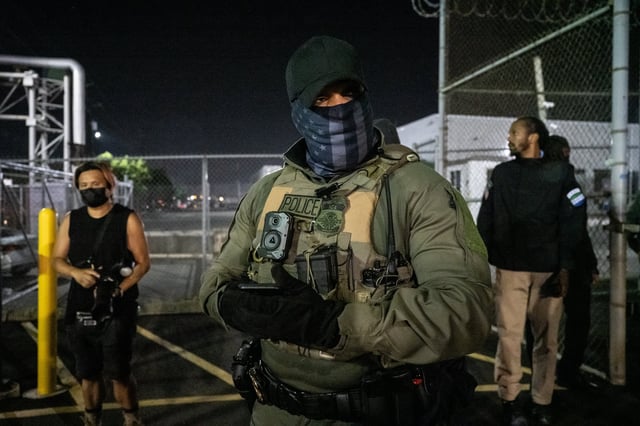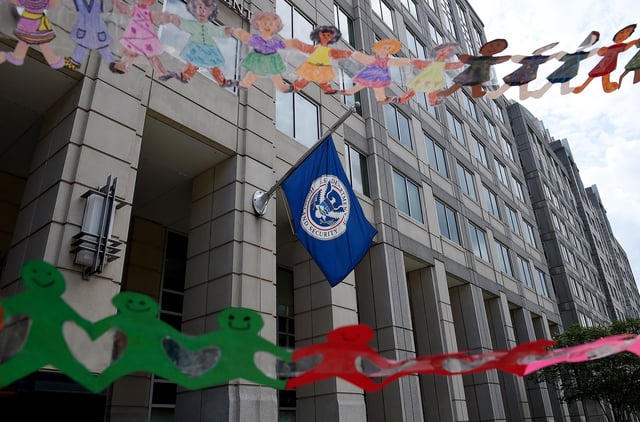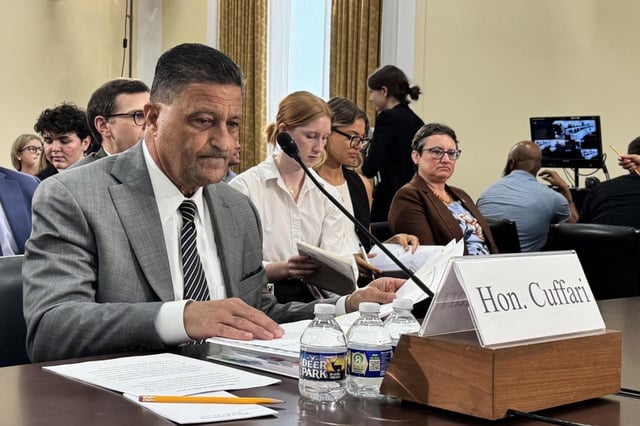Overview
- DHS Inspector General Joseph Cuffari told a House subcommittee that agencies lacked reliable means to monitor over 448,000 unaccompanied migrant children transferred to HHS, with roughly 300,000 failing to appear for immigration court.
- In a February enforcement initiative, ICE agents canvassed 50,000 sponsor addresses, locating just 12,347 children and arresting 403 sponsors on charges including immigration fraud and child endangerment.
- The administration directed Customs and Border Protection officers to ask unaccompanied teens aged 14 to 17 if they choose to voluntarily depart the United States, extending self-deportation options beyond Mexico and Canada under recent legislation.
- Under new ORR guidelines, staff must meet sponsors in person before placing children, and federal law enforcement may participate to bolster sponsor vetting and welfare checks.
- Heightened congressional scrutiny reflects bipartisan concern over systemic tracking gaps, missed court hearings and the risks of exploitation facing unaccompanied migrant children.



